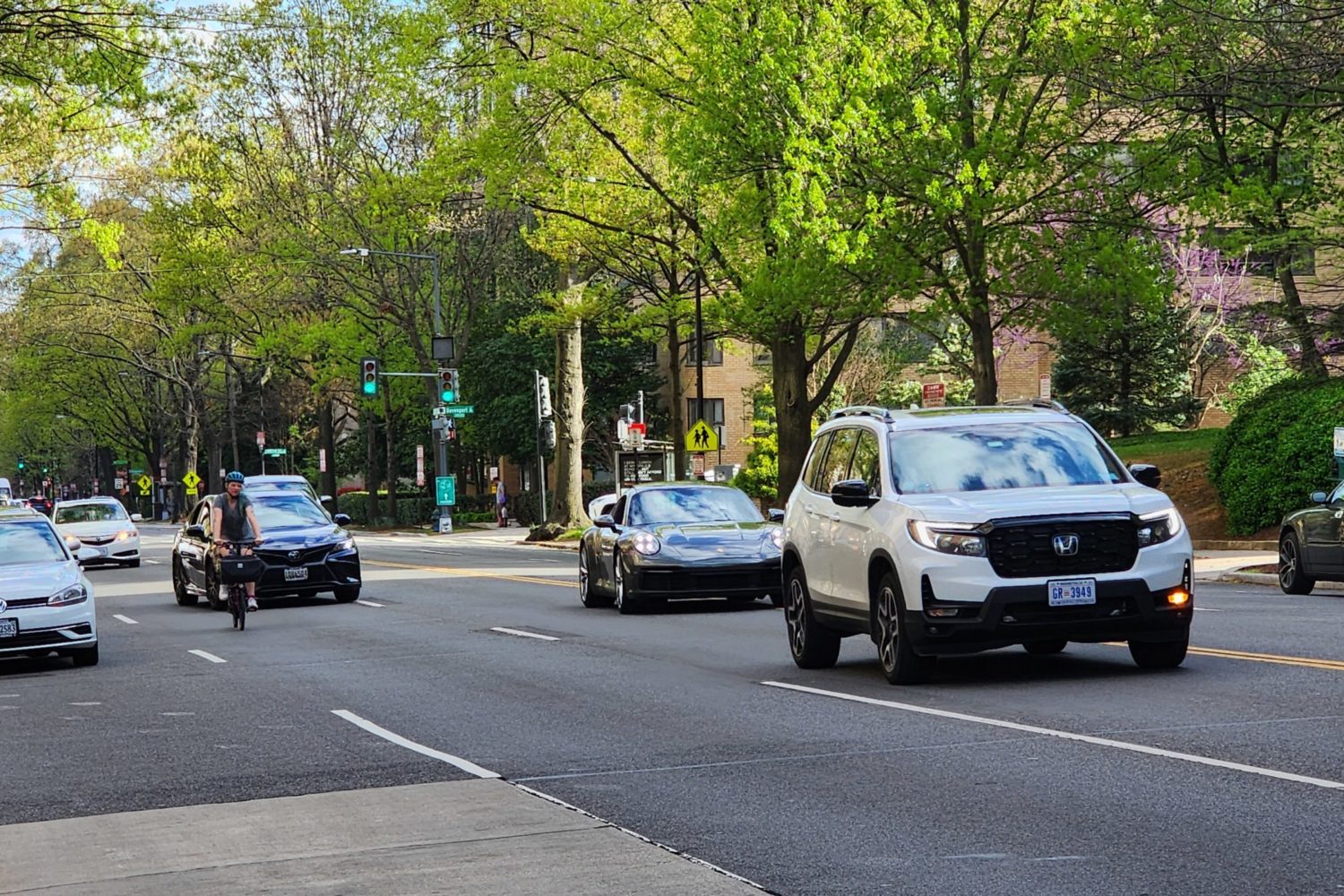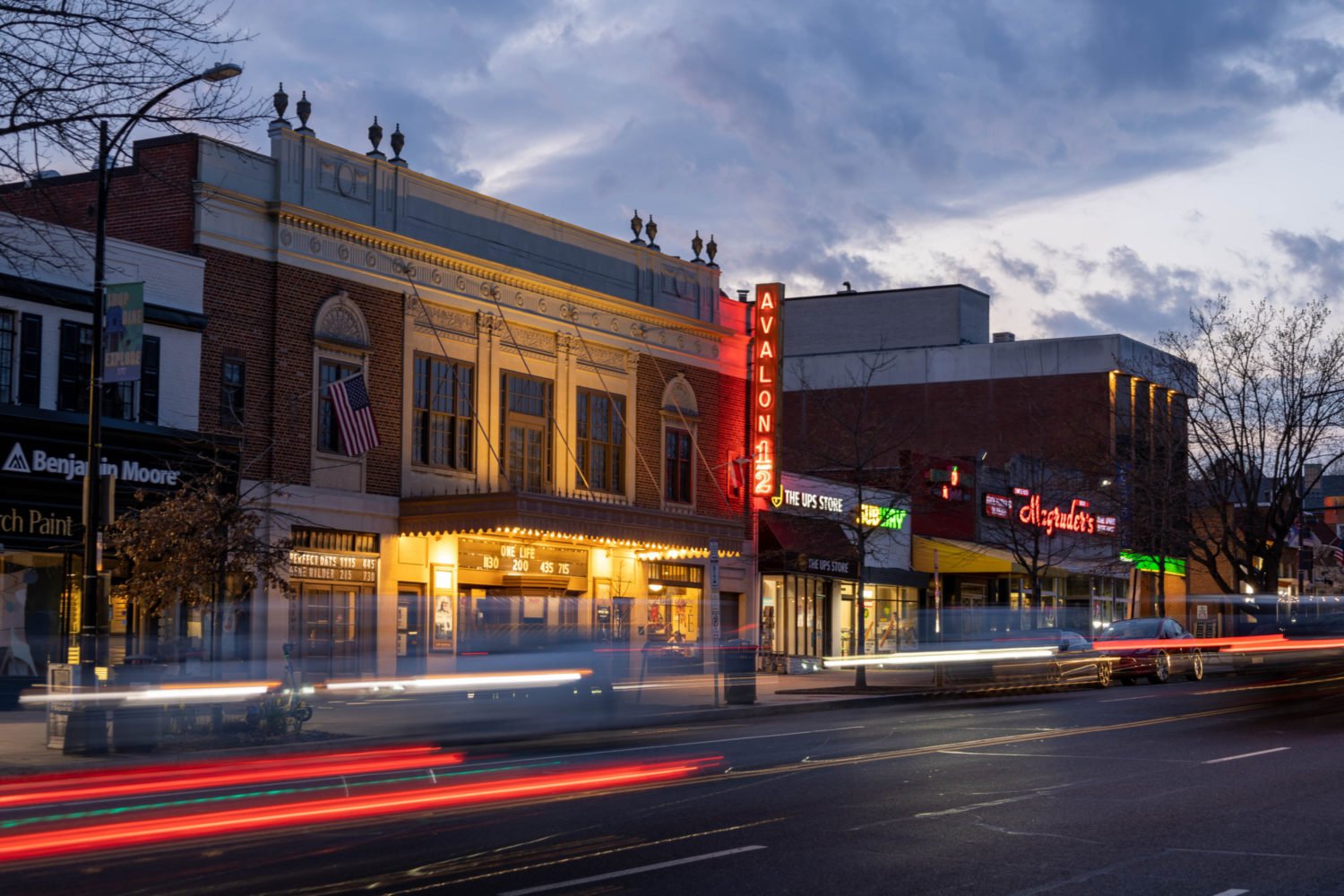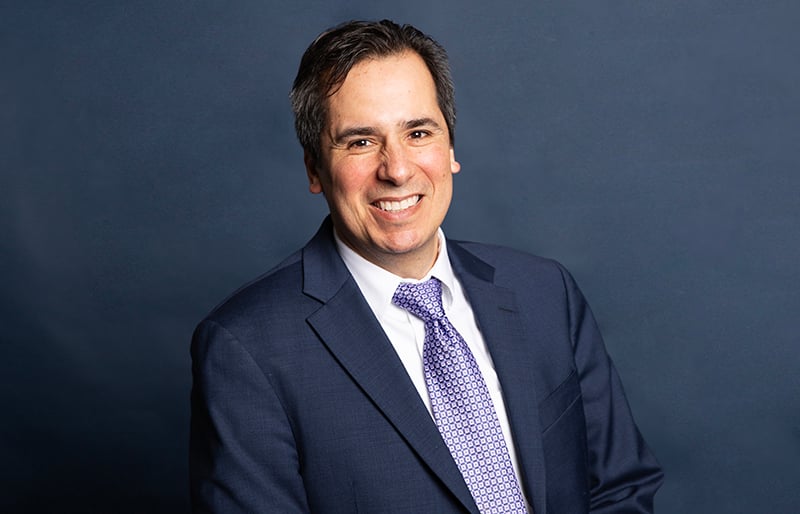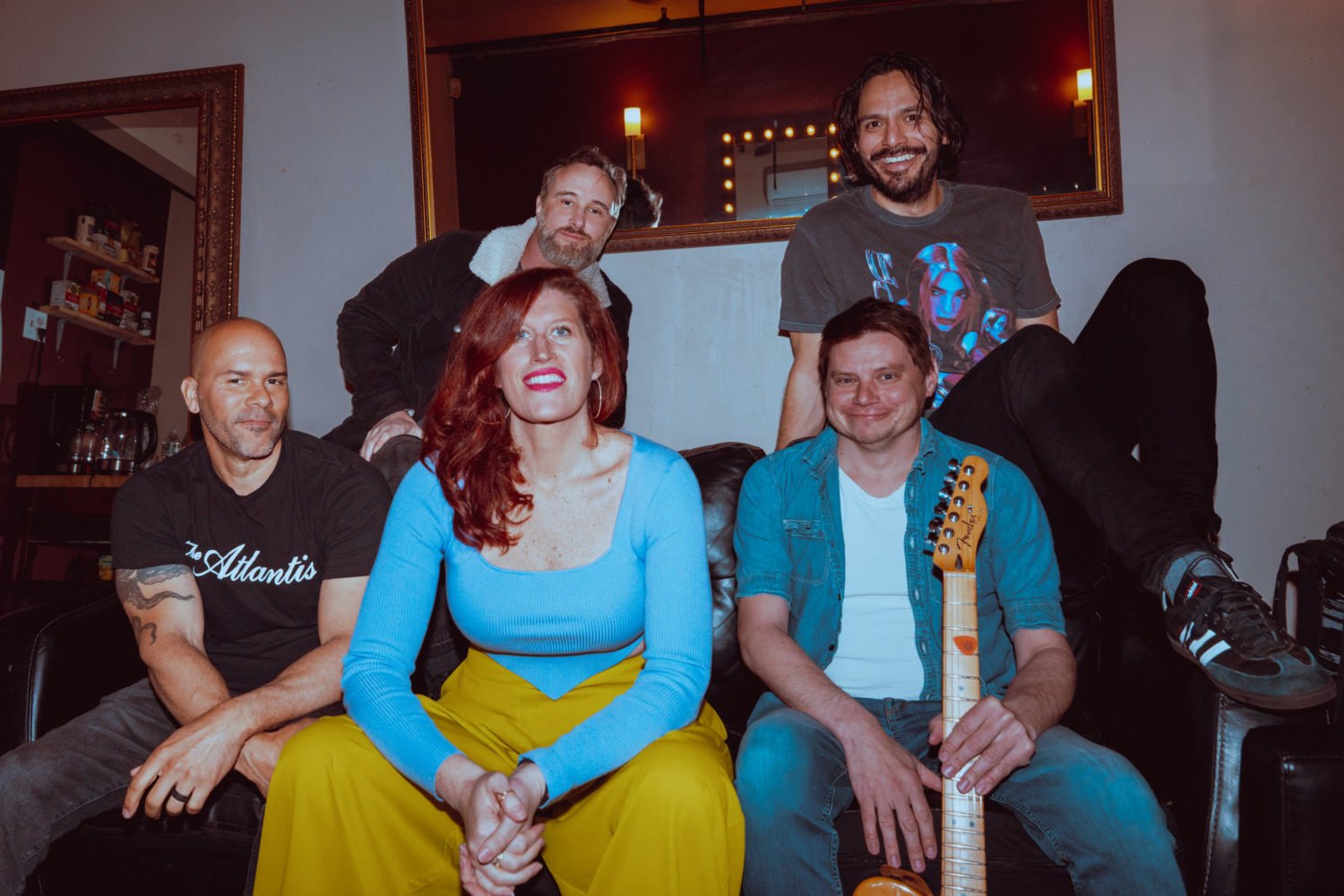Inside the cockpit of a black spy plane, Tom Alison would zip across the sky, 80,000 feet above earth. He thought of the diamond-shaped plane, an SR-71 Blackbird, as a thoroughbred horse: Powered by twin engines, it went faster and faster if Alison didn't hold the throttle back.
At top speed, the plane flew more than 2,000 miles an hour–three times the speed of sound–its titanium shell heating up to 950 degrees. Flying high and fast kept it off enemy radar. But any faster and the plane might melt.
For seven years beginning in 1974, Alison and Joe Vida, his best friend and navigator, flew the Blackbird across the globe, snapping photos of Soviet submarine bases, Vietnamese POW camps, and enemy secrets. Its cameras could practically get a shot of a golf ball from 80,000 feet.
"They paid me to fly these planes," Alison says. "I would've flown them for free."
In December, one of the Blackbirds that Alison flew takes center stage at the opening of the National Air and Space Museum's annex at Dulles Airport. The Stephen F. Udvar-Hazy Center will be home to most of the museum's collection now in storage. The Blackbird will stand in the entrance to the ten-story aviation hangar.
Alison, 62, is the museum's chief of collections, caring for the planes and telling stories about their days of glory.
Growing up in Montana, Alison dreamed of becoming a pilot. He joined the Air Force in 1965 and soon was zooming over Europe in RF-4s–quick, low-flying fighters with cameras instead of missiles. His orders often read like mission impossible; he once photographed a phone booth on a tiny street in Germany. "There was a gamesmanship to it," he says. After becoming a top RF-4 pilot, Alison joined the Blackbird program. Prior to 1974, the government didn't acknowledge the plane existed and swore its pilots to secrecy. There were fewer Blackbird pilots than astronauts.
Some of Alison's missions changed history. In 1980, reports suggested that Soviet MiG fighters in Cuba might attack the United States with nuclear weapons. As fear gripped the country in a reprise of the Cuban missile crisis, Alison took off from a California base for a night reconnaissance flight, reaching Cuba in two hours. He returned before dawn, and analysts studying his photos determined the planes didn't carry nukes. Hours later, President Jimmy Carter told the nation that intelligence proved Cuba posed no threat.
Alison retired from the Air Force in 1992 and soon after was hired as a curator at the Air and Space Museum–a place he had always wanted to work.
He was named chief of collections in 1996 and helped raise money for the new Dulles annex. Steven Udvar-Hazy, a Hungarian-born aviation businessman and potential donor to the project, spent about an hour with Alison listening to tales of his days in the SR-71 with back-seater Joe Vida. Udvar-Hazy committed $60 million that day.
"I guess you could say we hit it off," says Alison.
The chief and his team have worked overtime to move planes from the museum's Suitland storage facility to Dulles, often transporting them on flatbeds via the Beltway in the morning's early hours.
Curators made the decision to put the Blackbird front and center. "It doesn't surprise me," Alison says. "It looks Star Warsy. People who plan to spend five minutes with it will still be standing in front of it an hour later."
The Blackbird came to the Smithsonian in 1990. On its final flight, from Los Angeles to Dulles, Joe Vida was in the navigator's seat. The plane made the trip in 64 minutes–a transcontinental speed record. Alison stood in the crowd, cheering Vida's arrival.
As satellites took over from planes, the SR-71s went into retirement. As he talks, Alison runs his hand along Vida's name painted on the Blackbird's body. Vida died of cancer in 1992. Alison visits the plane regularly to feel closer to his friend.
The Udvar-Hazy Center (14390 Air and Space Museum Parkway, Chantilly; 202-357-2700) opens December 15, although some planes and spacecraft will not be on exhibit for several months. 10 to 5:30 daily. Free admission; parking is $12. Directions are at www.nasm.si.edu/museum/udvarhazy. Round-trip bus service ($7) is offered from the Air and Space Museum on the Mall.

















